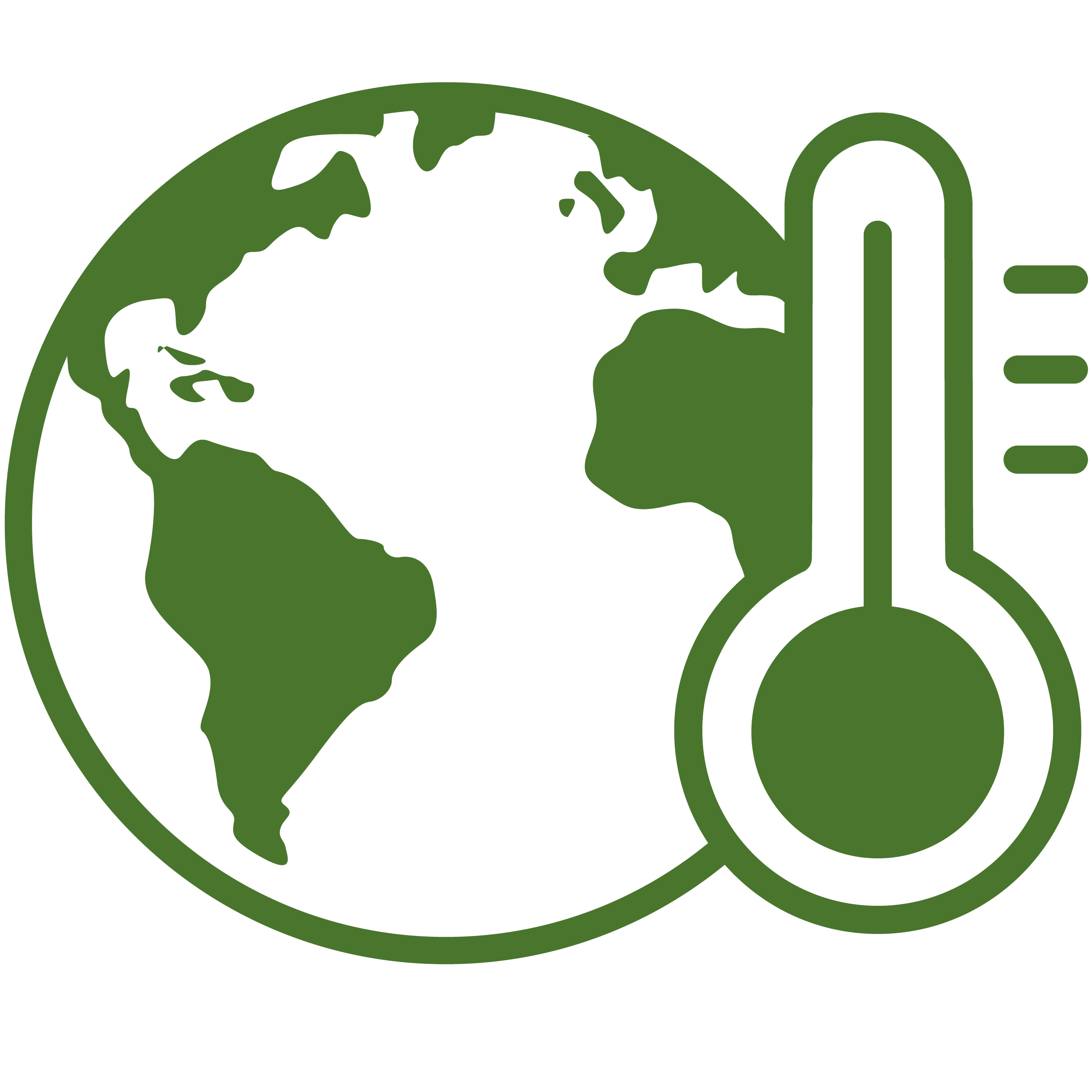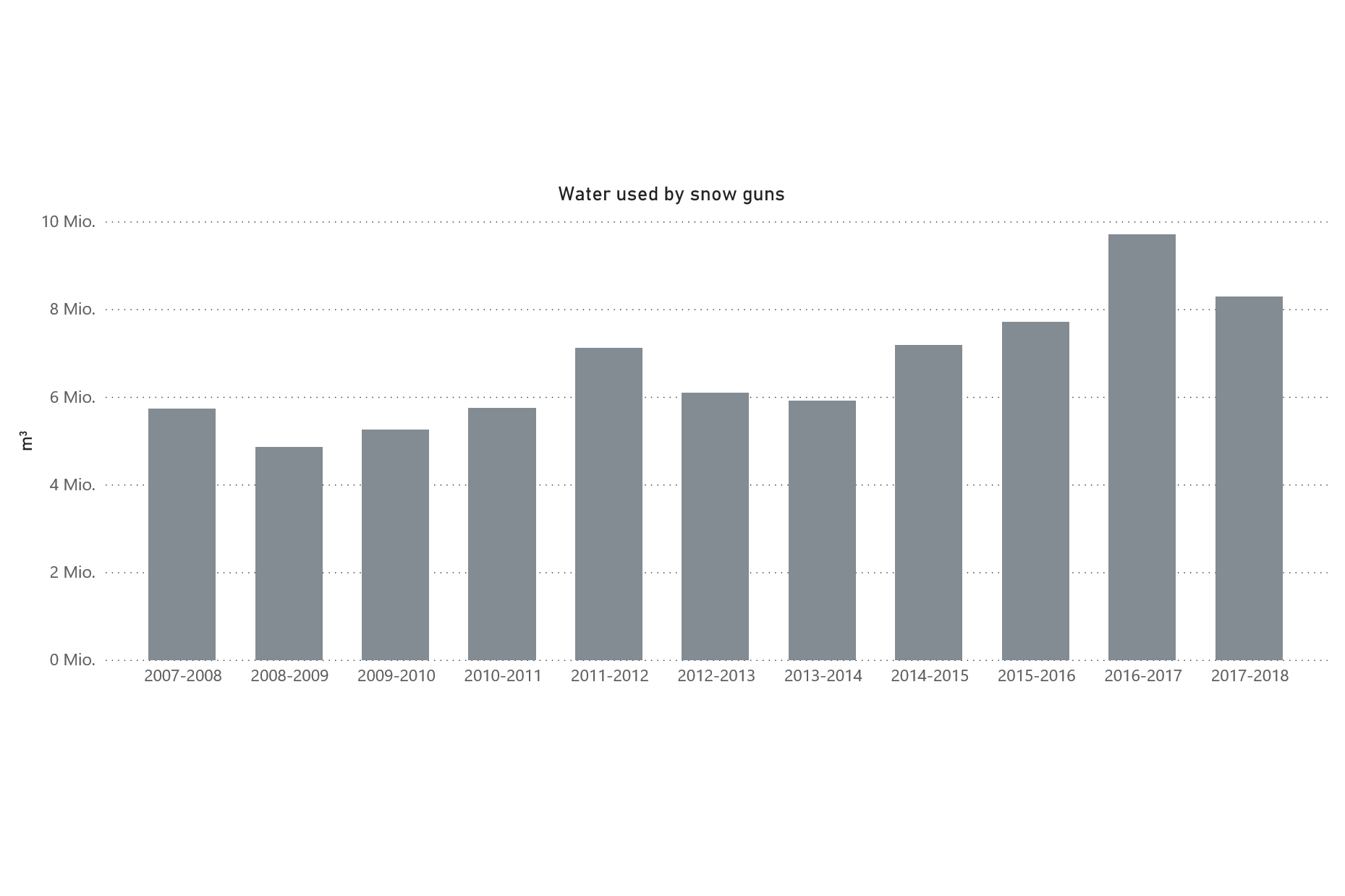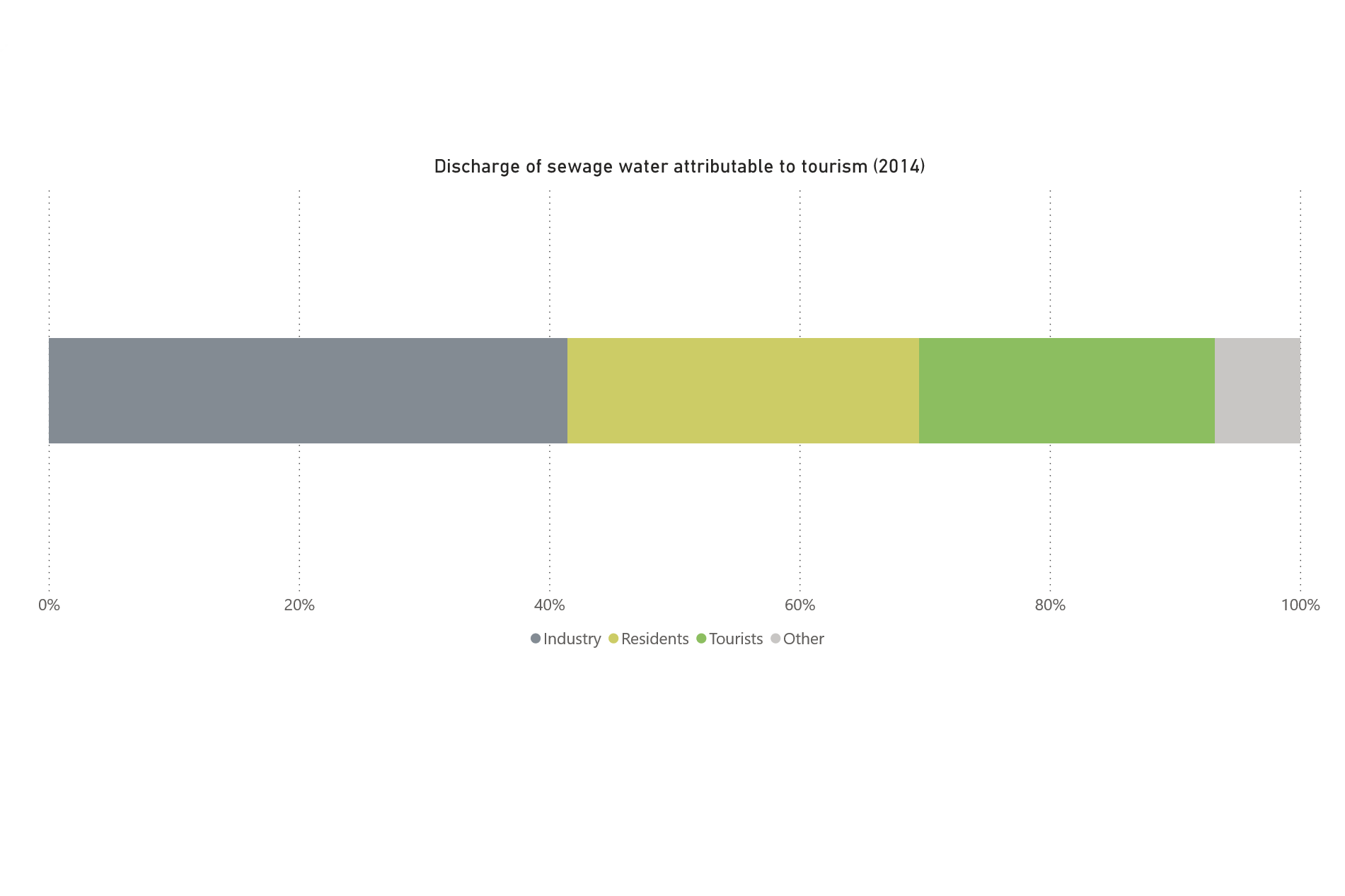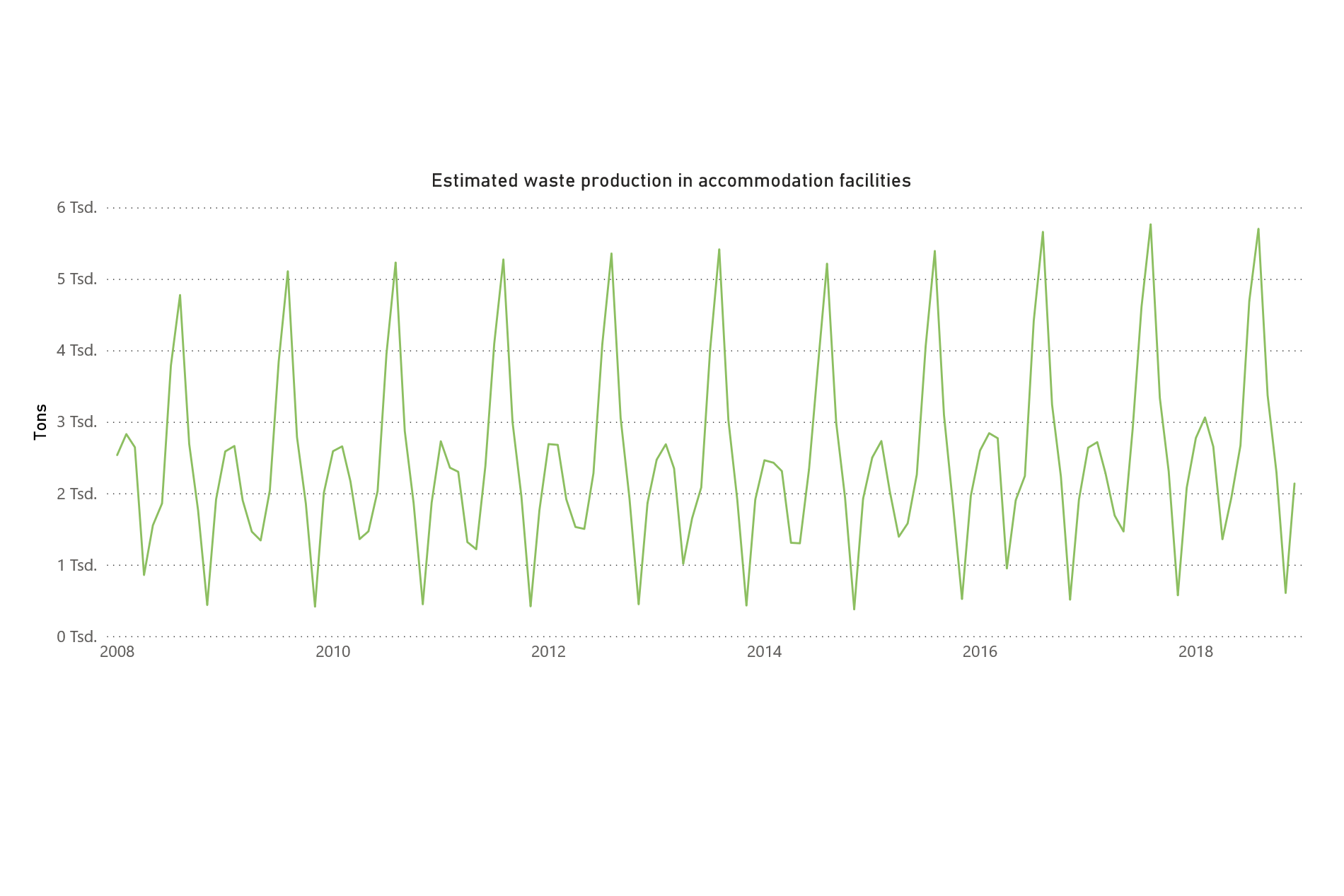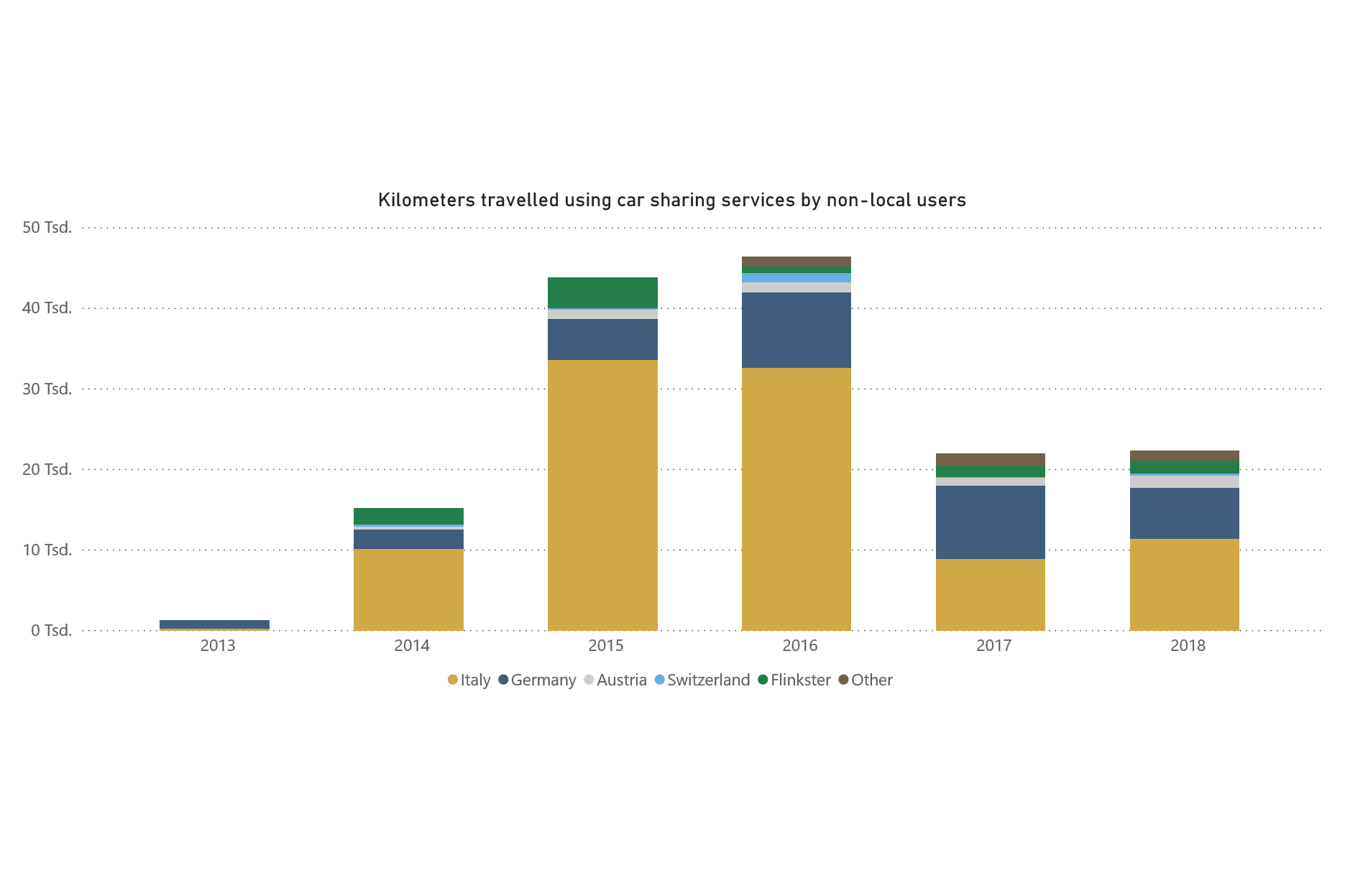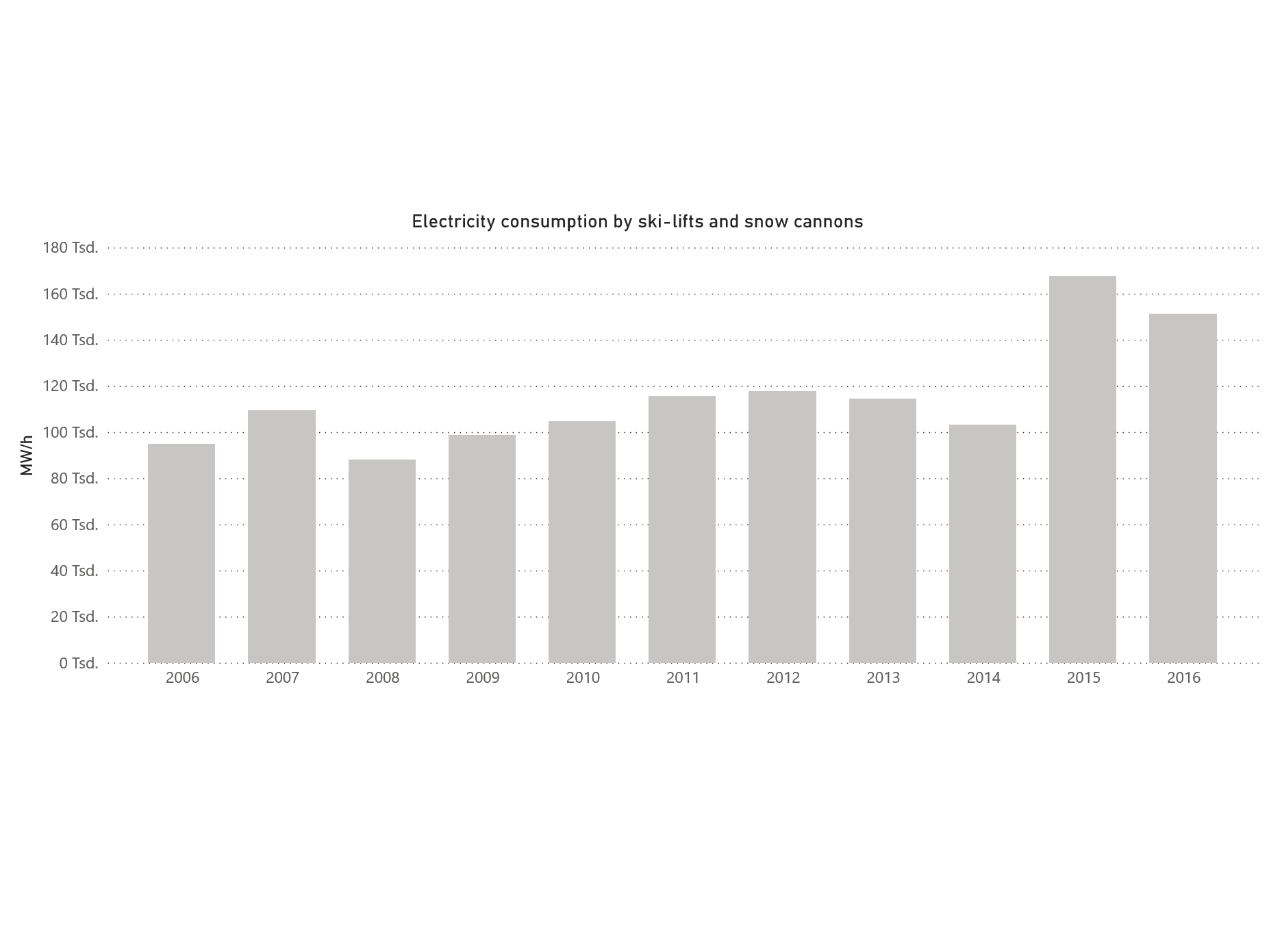Being responsible for around 8 percent of global greenhouse gas emissions1Lenzen et al., 2018, the tourism industry is substantially contributing to climate change. At the same time, the touristic offer is directly affected by changing climatic conditions, with negative effects for many destinations2Scott et al., 2012.
It is both a responsibility of and necessity for tourism actors to actively engage in climate action – a plea forcefully promoted in the Glasgow Declaration on Climate Action in Tourism, whose signatories commit to cutting global tourism emissions by at least half over the next decade and reach Net Zero emissions as soon as possible before 2050. More specifically, climate action enfolds along two main lines: climate change mitigation and climate change adaptation. Climate change mitigation regards any human intervention that reduces greenhouse gas (GHG) emissions or contributes to the absorption of GHG from the atmosphere3IPCC, 2018. For the tourism sector this includes, among other things, measures to reduce emissions from transport such as promoting high-quality and affordable cross-border public transportation and e-mobility, as well as monitoring and reducing emissions produced in accommodation facilities in line with internationally agreed targets, while switching to renewable energy sources.
While the Glasgow declaration emphasizes decarbonisation as a central strategy towards climate neutrality, equally important is the adjustment to actual or potential effects of climate change, in order to reduce risks and take advantage of favourable opportunities. This is the second main aspect of climate action and goes under the name of climate change adaptation. In this context, a vital step to strengthen the resilience and adaptive capacities of the local tourism industry would be the elaboration of a climate adaptation plan comprising climate impact analyses, the identification of vulnerabilities and risks as well as concrete adaptation measures.
Although data on the emissions attributable to the tourism sector in South Tyrol are rare, three key areas to look at can be identified: transport, accommodation and touristic activities. According to a recent estimation, accommodation facilities alone are responsible for almost 5 percent of South Tyrol’s total GHG emissions4Zebisch et al., 2018. In addition, it was estimated that the arrival in and departure from the destination of tourists cause around 3 percent of all transport-related emissions in South Tyrol5Zebisch et al., 2018. For the third area of touristic attractions and activities, as of today, no such estimation exists. As the transport sector constitutes the largest emitter of CO2 emissions in South Tyrol, we want to provide a solid and up-to-date estimation of transport-related touristic emissions.
MORE ABOUT ENVIRONMENT

Water Management
Various tourist activities, for example skiing or golf, require large amounts of water.

Wastewater Management
A high concentration of tourism in certain months of the year can lead to overloading of water treatment plants.


Waste Management
Sorting waste is more complicated in tourism, due to the use of single-dose products, but also due to tourists’ lack of knowledge of the specific rules for the separation of waste.

Mobility
In high season, individual mobility generates congestion and pollution, creating discomfort for residents and tourists.

Energy Management
An increase in the number of tourists leads directly to an increase energy consumption in the destination. If the quality of tourism increases, the demand for luxury services increases, which in turn increases average energy consumption of a tourist.

